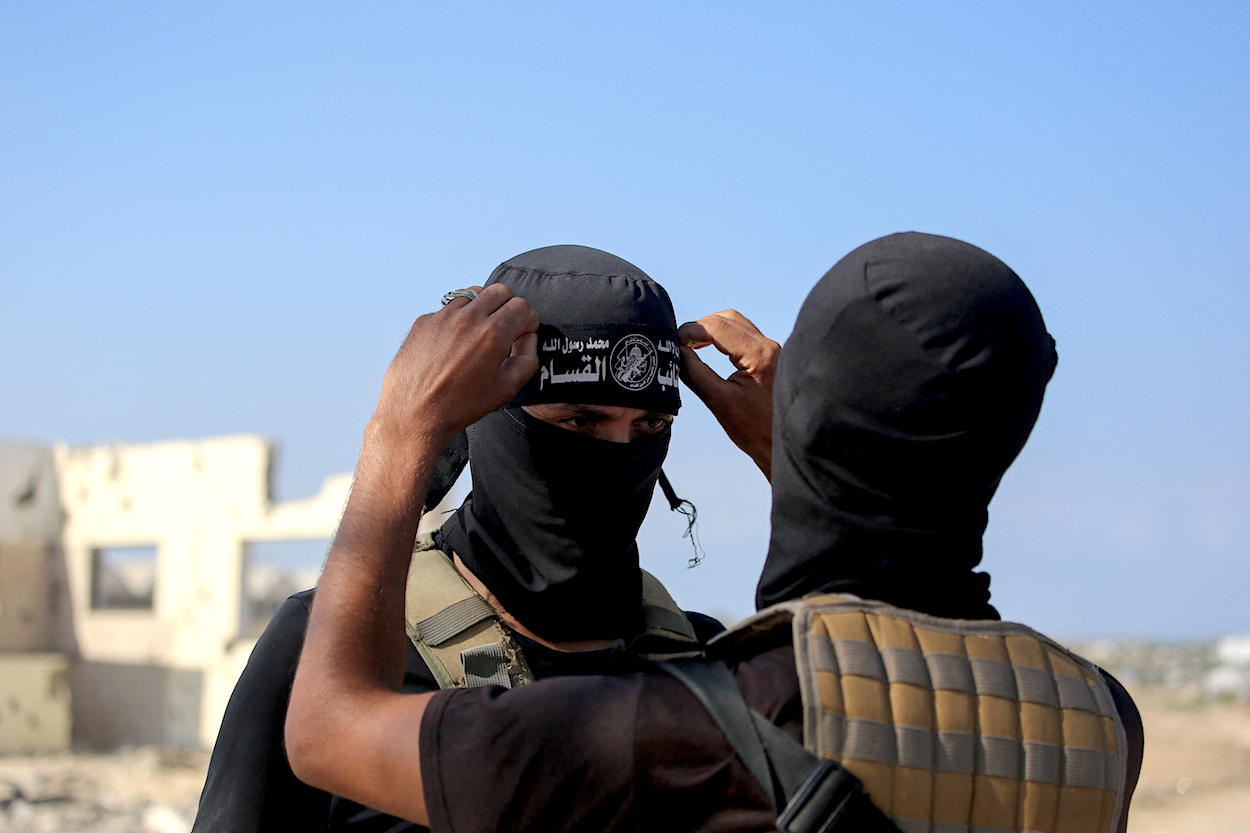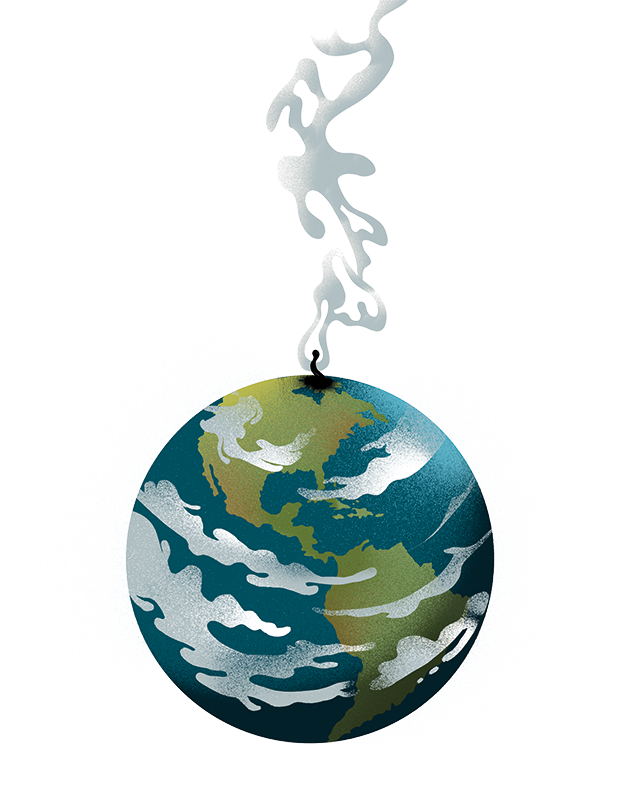As the dust settles on Israel’s phased withdrawal from Gaza under Donald Trump’s hard-won ceasefire deal, Hamas has slithered straight back into the void. Barely hours after the ink dried on ‘phase one’ of Trump’s plan, the Islamist rulers of Gaza unleashed a wave of reprisals against rival Palestinian clans.
Accusations of ‘collaboration’ with Israel, or simple refusal to bow to Hamas’s rule, have triggered executions, abductions and what survivors are calling outright massacres. Instead of rebuilding, Gaza is now witnessing a purge. The message is clear: anyone who worked against Hamas during the war will pay for it now.
In Gaza City, fierce clashes have erupted between Hamas and the Doghmush clan, one of Gaza’s most powerful factions. During the war, the Doghmush stepped in where Hamas collapsed, distributing aid and keeping some order. At least 27 people were been killed in fighting between Hamas and the Doghmush a few days ago, including eight Hamas militants. Witnesses described gunmen dragging families from their homes, executing not only fighters, but civilians, and torching houses. It’s brutal even by Gaza’s standards.
Hamas fears that the clans could challenge its control, or worse, align with Trump and Israel. It is now moving fast to reassert dominance and liquidate rivals, including the Al-Shabaab clan, which has reportedly received quiet Israeli backing.
This is happening because nature abhors a vacuum, and because Gaza has a fractured tribal landscape. For nearly two years, Israel’s military operations battered Hamas, forcing it underground and leaving armed clans to take over day-to-day life. But Hamas isn’t just a militia. It’s a totalitarian machine, powered by religious zeal and mafia-style control. Once given even the smallest bit of space, it will crush anyone in its way. The group is now recruiting and deploying fighters again, and also offering ‘amnesty’ for anyone willing to show loyalty.
In Hamas’s lexicon, ‘collaborator’ doesn’t mean someone passing information to Israel. It can mean anyone who dared speak, trade or survive outside their rule. The group has always ruled through fear. From the 2007 bloodletting against Fatah to last year’s purges, Hamas’s war is often more against Palestinians than against Israel.
All this lays bare the fantasy at the heart of Trump’s plan. His deal envisioned a demilitarised Gaza, with phased Israeli withdrawal, a technocratic government and international oversight. On paper, it sounded ideal: hostages freed, a truce in place, and the first hints of normality. A new Middle East. But Hamas’s reprisals show how fragile it all is. A peace deal means nothing if the same men with the same guns still control the streets. Last night, Trump said that it ‘didn’t bother me much’ to see Hamas going after some of its ‘very, very bad’ rivals, but that if the group refused to disarm, ‘we will disarm them… perhaps violently’.
If disarmament is the goal, an alternative authority needs to step in the moment Israel steps out. The Palestinian Authority is not that. It’s too weak, unpopular and doesn’t offer a moderate alternative. Nor, so far, is any Arab-led force willing to take on the job. Meanwhile, Qatar’s involvement in reconstruction raises concerns that Hamas will be smuggled back into power.
If Hamas stays in control, Israel may yet send its forces back in
Trump, for his part, has done what few thought possible. He forced both Israel and Hamas to the table, got hostages out alive, and pulled off a ceasefire that no one else could. It was a triumph of realpolitik: interests and power over principles and moral clarity. But peace demands more than signatures and photo ops. It demands that Hamas, an organisation built on anti-Semitism, terror and fear, loses the power to rule.
If Hamas stays in control of Gaza, Israel may yet send its forces back in. This time, its army will be able to operate without the constraints of fearing for the hostage’s lives, making it easier to hunt down Hamas. It’s not a desirable option for Israel, which is under immense pressure from Washington and the region to keep the peace, but if Hamas once again becomes an intolerable threat, Israel will act.
Until Hamas is disarmed and disbanded, Trump’s Gaza plan risks becoming yet another entry in the long history of Israeli-Palestinian peace mirages – dazzling on paper, burning up in the desert heat.








Comments